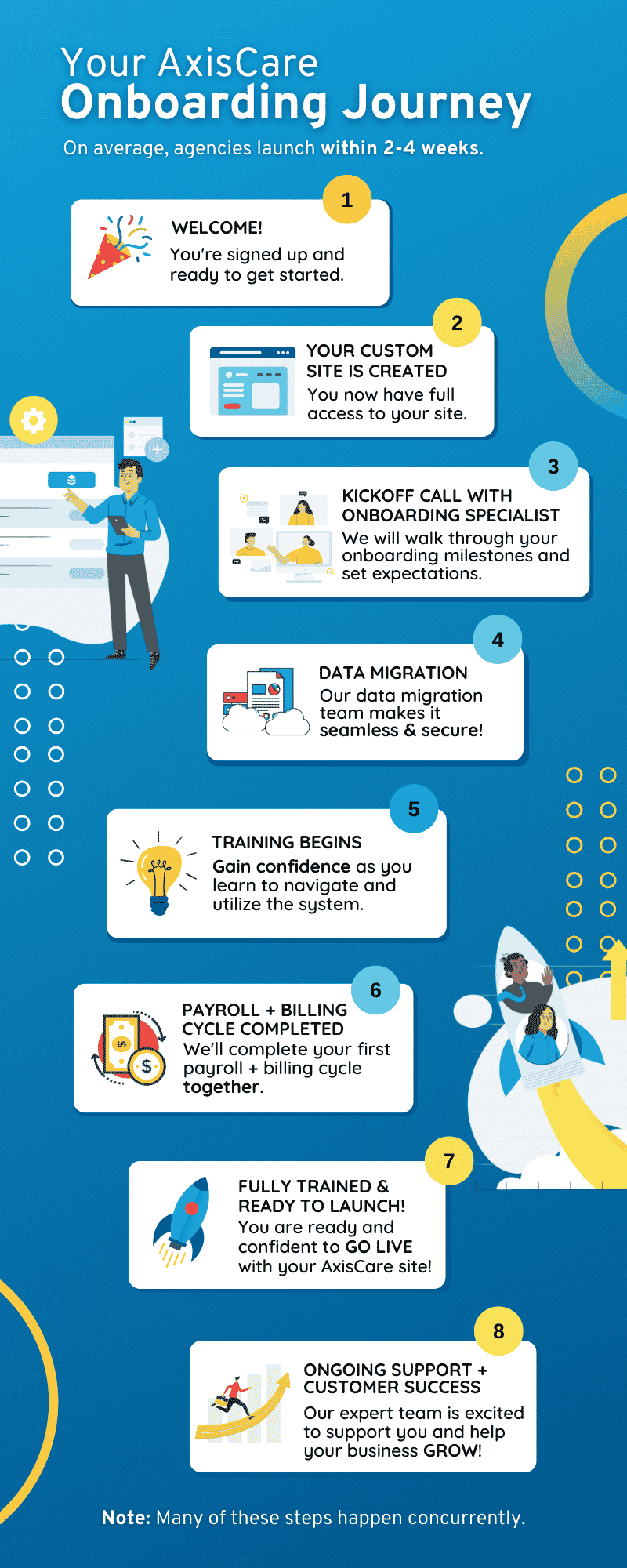The Future of Home Care: A 2025 Survey of the Home Care Industry & Future Trends
White Paper
What Will the Home Care Industry Look Like in Five Years?
What are the Factors That are Shaping our Industry?
The home care industry stands at a pivotal moment of transformation. The following report, sponsored by AxisCare, is based on the findings from our second annual survey of more than 250 U.S.-based home care industry leaders that was conducted by Leading Home Care … a Tweed Jeffries company in the winter of 2024. Building on the inaugural study, this year’s research reveals key home care industry trends, including both enduring challenges and emerging shifts in how leaders view the future of care delivery. We have also added some elements to this year’s study based on changes in the industry.
Download to continue reading…






